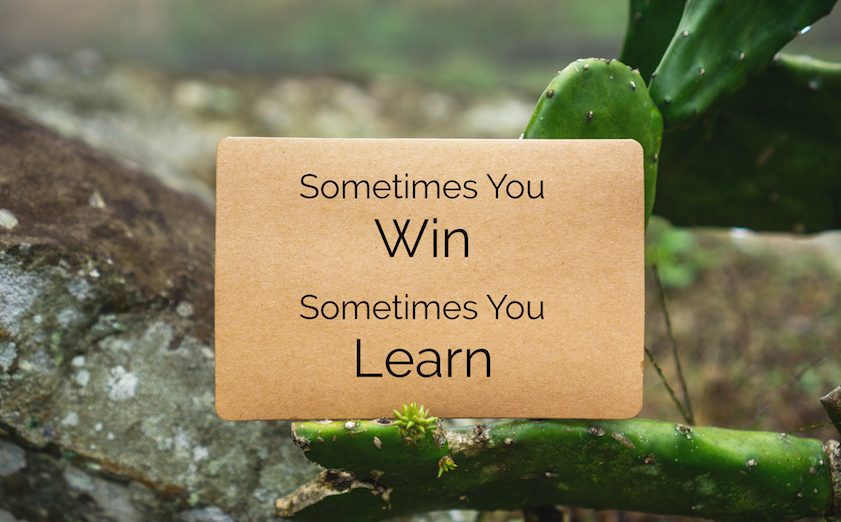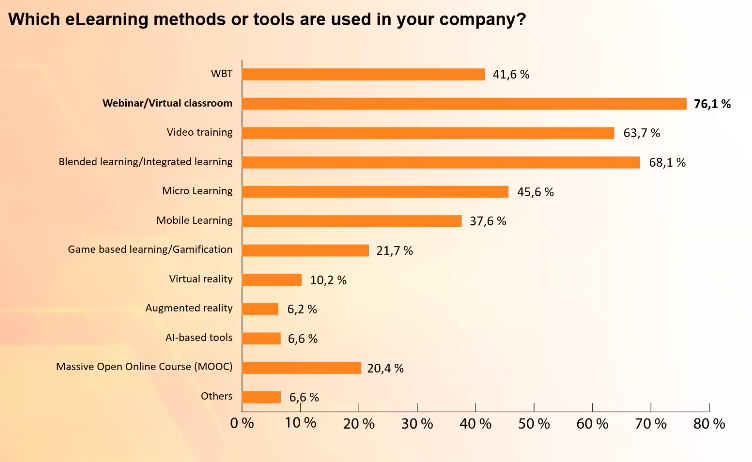HR and L&D teams are scrambling right now to help steer organisations and navigate the major impact from COVID-19.
Josh Bersin of Bersin Deloitte recently observed that big changes only happen when big problems arrive.
And nine months on from the start of the pandemic, it is apparent that we simply are not going ‘back to normal’.
Two new pieces of research, from the Neuroleadership Institute and the Global eLearning Benchmarking Study – shine a light on the way forward.
Not only has COVID-19 sped up massive digital transformation, there are the economic, social and cultural transformations taking place.
Economic transformation has come along in the form of how we deliver services. For example, people still want food, entertainment and possibly more importantly – connection.
However, these services are being delivered in a digital way, and “the digital delivery of everything is happening at light speed,” says Bersin.
L&D is being called upon to help with:
- organisational restructures, furloughing staff
- developing safe workplace protocols at light speed – creating a culture of learning from home and overall ramping up of eLearning.
“We’re gonna need a bigger boat” – Jaws
When Sheriff Brody got a close look at the shark they were hunting off the high seas in New England, he realised they were under prepared for the scale of the situation.
The need to harness the technology and expertise required to navigate these murky waters at scale and pace – is daunting.L&D is gonna need a bigger boat.
Two new pieces of research were conducted through this crisis period, that provide some key insights into how to ramp up and deliver at scale – and speed.
Creating change and a culture of learning – virtually anywhere
No matter what your organisation’s strategy is for moving forward post COVID-19, the fact remains: We are looking at a massive acceleration towards virtual learning.
Fostering a learning culture is the number one priority for L&D executives around the world.
But what does this mean for the L&D professional, or the stakeholder driving the training program who might have very little experience in eLearning?
We surveyed our own ITC Learning clients recently – who range from L&D practitioners to departmental and subject matter leaders within organisations.
Our clients come to ITC Learning needing help with custom development and course design, as we work agnostically with all of the leading tools and technologies including Lectora, Articulate Storyline, Rise, and more.
We wanted to look at not only what the L&D professional can do, but also those within an organisation who identify need and desired outcomes – but without the specific L&D skillset.
Content and Context
We looked at the latest Global eLearning Benchmarking Study, which was conducted in the 6 months during the COVID-19 crisis – a period described by industry analysts as ‘an accelerated acceleration in digital learning’.
The study revealed that 88.6% of companies are using digital learning/eLearning.
But are these organisations choosing digital learning for the convenience and cost saving? Or is it speed to competence?
Whatever the reason, this is a tipping point and there is no turning back.
A few years back, Charles Jennings famously quoted that “accessibility has replaced knowledge retention as power within business.
eLearning has evolved since then. Now context is becoming the power player. In the digital world, we’ve got almost level playing field access to information (thanks, Google) – but the challenge is in the deeper understanding.
How Can Virtual Learning Work?
At the same time that governments around the world were mandating lockdowns, organisations began the shift in earnest to eLearning.
Coinciding with this, hundreds of organisations were being surveyed for the Global eLearning Benchmarking Study, in which they were asked “which eLearning methods or tools are used in your company?”
At least a dozen categories of methods and tools were cited – from webinars/virtual classrooms to virtual reality and game-based tools.
Commenting on the findings, Edmond Monk, CEO of The Learning and Performance Institute observed that there is no single solution in eLearning methods or tools. “We look at tools in isolation, but what’s going to work for the learner?” he said.
Most people truly learn from doing. In other words, applying what they learn, practicing and getting feedback.
“We look at tools in isolation, but what’s going to work for the learner?” – Edmond Monk, CEO, The Learning and Performance Institute
At ITC Learning, we are seeing much more traction with clients using CenarioVR, for example. VR enables learners to practice in safe situations, tasks or complex soft skills, make mistake without consequences – yet, they feel the consequences.
As the saying goes, ‘to err is human’. Nothing could be better for humanising eLearning.
New scientific research shines a light on the way forward
The NeuroLeadership Institute conducted over 20 learning audits to assess how larger companies handled the digital transition during the pandemic.
The research, updated many times since 2010 continues to prove an immutable fact: That recall (or encoding into memory) is the key to learning.
And easy recall under pressure is possible only when four conditions are met during an encoding task:
- Attention
- Generation
- Emotion
- Spacing
When deployed well, virtual learning is capable of achieving high levels of emotion and engagement.
In summary, how can you create fail safe virtual learning?
- Design your learning to 50 or 55 minutes in length as the brain loses focus quickly.
- Powerful learning results can be achieved through shorter ‘stretches’ of learning over three weeks or more – the spacing effect.
- Turns out the brain has a social media network of its own! So make it social, as it is a critical factor for success. It maximises recall by connecting learning with social interactions.
- A critical failure in most learning is designing it for Net Promoter Scores instead of behaviour change. If you want real changes, instead of focusing on programs-to-please, focus instead on activating habits.
A tall order for any L&D practitioner.
However, with dozens of powerful tools and emerging technologies to bring virtual learning to life – along with some outside expertise – it is getting easier, to create ‘stickier’ content, that people not only like, but can help activate habits, and engagement.
Now, that’s a winning formula.
Contact the team at ITC Learning to talk about your eLearning needs and objectives.

